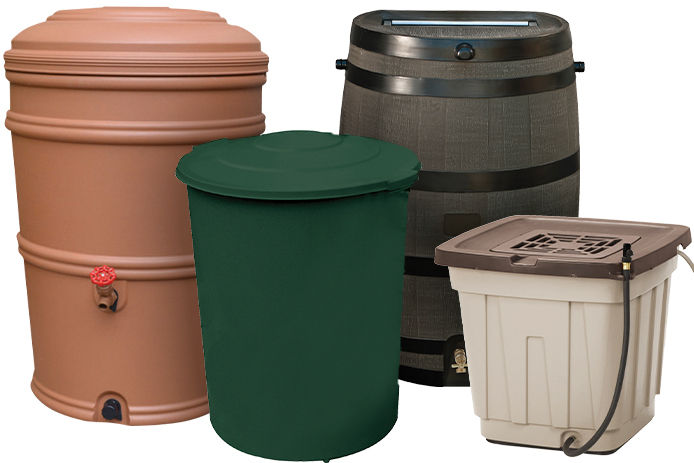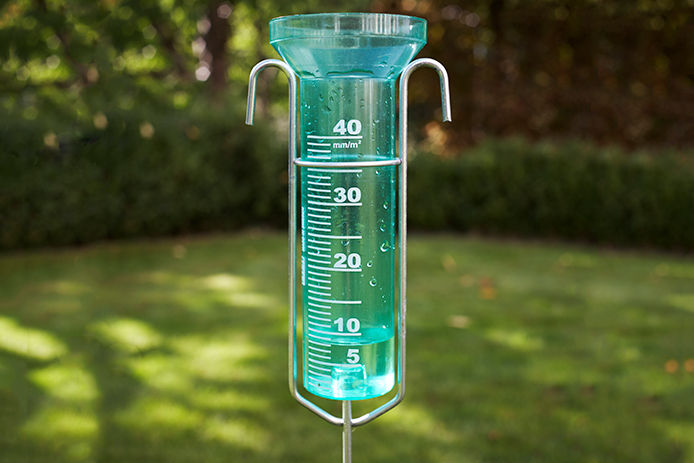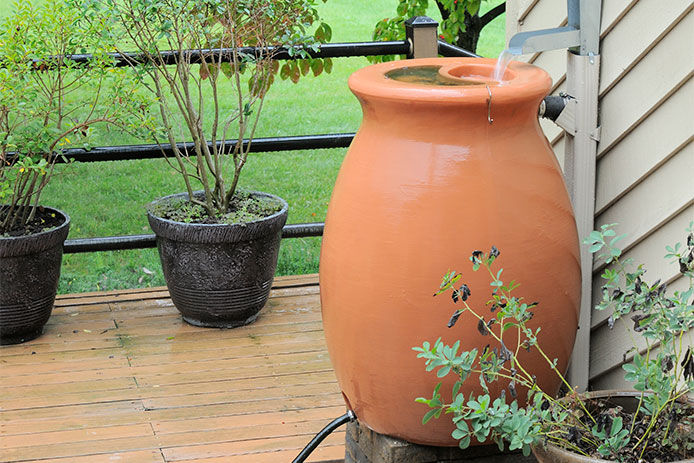Here's a step-by-step guide to collecting rainwater for your garden or landscaping
You have selected the rain barrel that is right for you. Now it is time to install it. Always follow the manufacturer’s instructions and use safety precautions when working with tools. Rainwater is best used within the week to keep odors and mosquito growth down. Head over to your local Do it Best and start harvesting water today!
While do-it-yourself projects can be fun and fulfilling, there is always a potential for personal injury or property damage. We strongly suggest that any project beyond your abilities be left to licensed professionals such as electricians, plumbers, and carpenters. Any action you take upon the information on this website is strictly at your own risk, and we assume no responsibility or liability for the contents of this article.





